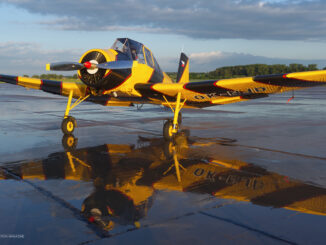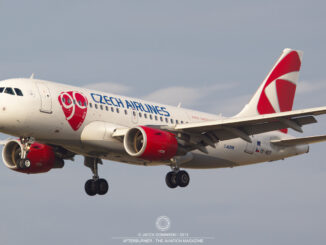 Flying Officer Jaroslav Čermák from No. 313 (Czech) Squadron RAF, crashes with his Spitfire Mk.V (AR512) near Taunton, after colliding with a train.
Flying Officer Jaroslav Čermák from No. 313 (Czech) Squadron RAF, crashes with his Spitfire Mk.V (AR512) near Taunton, after colliding with a train.
Complicated wartime fortunes of Jaroslav Čermák may work as a perfect example of difficulties that many Czechoslovak and Polish pilots have suffered in the early years of the World War II. Those who have not gotten over with the idea of defeat and German occupation, set off for a long and dangerous journey to France and the Great Britain – in order to continue their fight for freedom there.
A few months before annexation of Czechoslovak borderland by Germany, being a result of the Munich Agreement, Jaroslav Čermák has graduated the Czechoslovak aviation school in Prostějov. When Germany took full control of the entire Czech territory and the Protectorate of Bohemia and Moravia was created, Čermák and few of his colleagues decided to escape to Poland. In August of 1939, just a few days before the war started, he successfully managed to cross Polish border.
In Poland, Čermák enlisted in the Czechoslovak Legion, that took symbolic part in defence of the country during the German invasion. The end of Polish campaign found him in Lvov, a part of territory being then annexed by the Soviet Union, where he stayed until the fall of France.
In 1940, after expressing his desire to join Czechoslovak pilots in the RAF, Čermák left for a few-months-long adventurous journey to Britain. He arrived there in November, by a roundabout route through Turkey, Egypt and India. On 26th February 1941, Čermák officially joined the RAF and was assigned as Intelligence Officer to No. 310 (Czech) Squadron.
Nevertheless, Čermák´s dream was to fly combat missions against the enemy. He managed to fulfil this desire after more than a year later. After completion of additional flying training, Jaroslav Čermák was promoted to Flying Officer and on 12th April 1943 was assigned to No. 313 (Czech) Squadron RAF.
On 4th June 1943, at 10:05 hours, Čermák and three other pilots took-off for a training flight. Their task was to practice a low-level attack on a train. During the second approach on the target, Čermák got too close to the train and when his Spitfire lost stability, it tripped over the roof of the train car with a tip of left wing. The aircraft rolled over and crashed approximately 100 metres from the railroad, killing its pilot on the spot.
A more dramatic report from this accident can be found in some publications, including the Wikipedia. There it was pointed that ´the roof of at least one carriage is ripped off and several passengers, mainly WRENs, are killed´. Nevertheless, this was not confirmed in other available publications, for example a monography of No. 313 (Czech) Squadron, written by Phil H. Listemann. In addition, the official description of the collision calls into question the possibility to ´rip off´ the roof from the entire car (or even more that one), by just touching it with a tip of the wing.
Pictured above – for illustration purpose only – is Supermarine Spitfire Mk. XVIE (TE184), flying in a marking of 9N-B, the aircraft flown in 1944 by Czechoslovak fighter ace S/Ldr Otto Smik, commander of No. 127 Squadron RAF.



